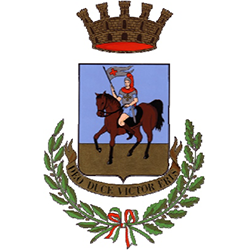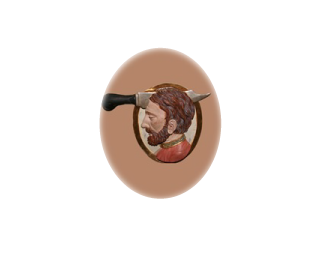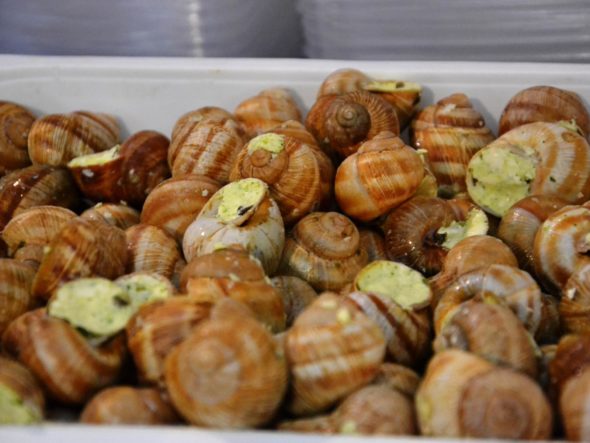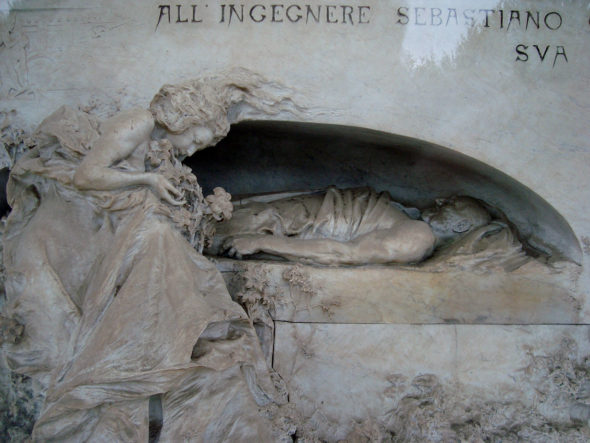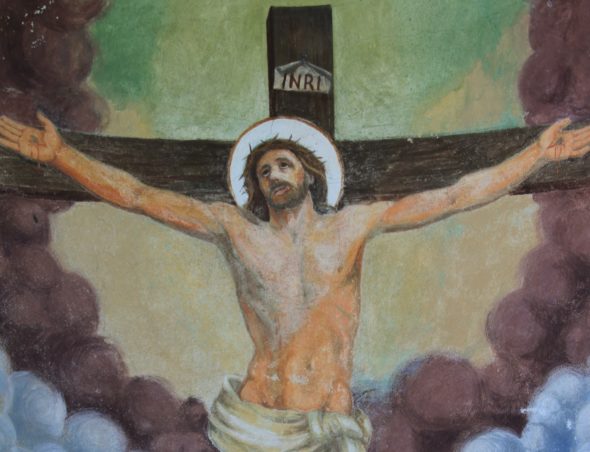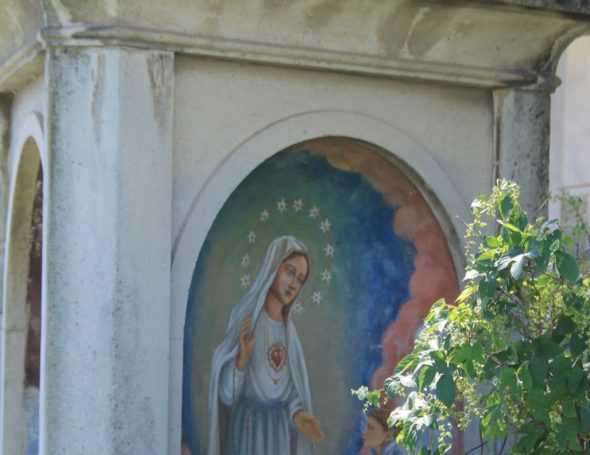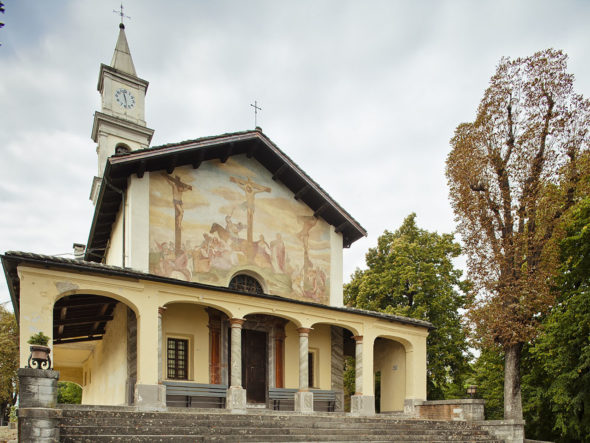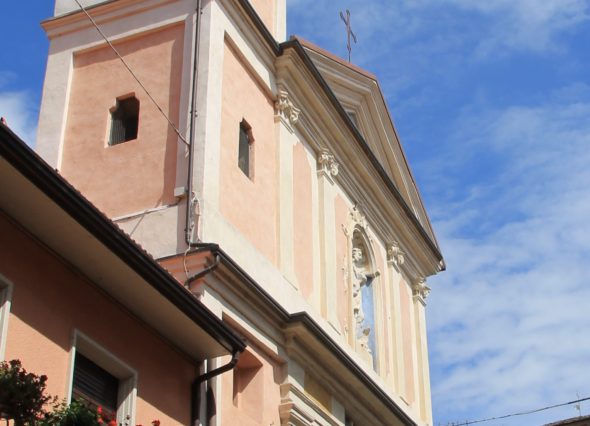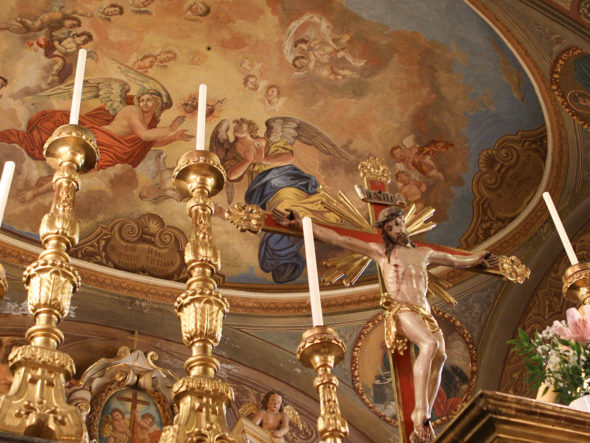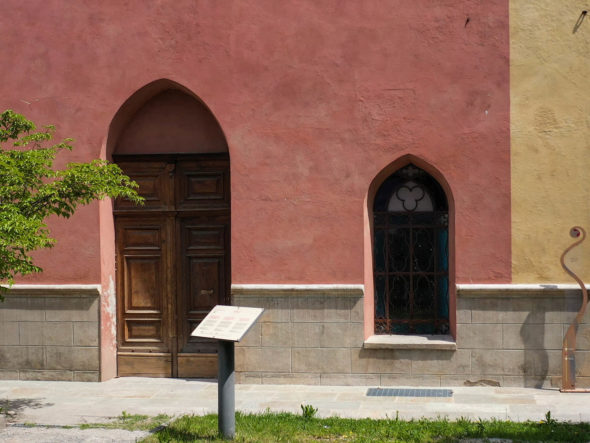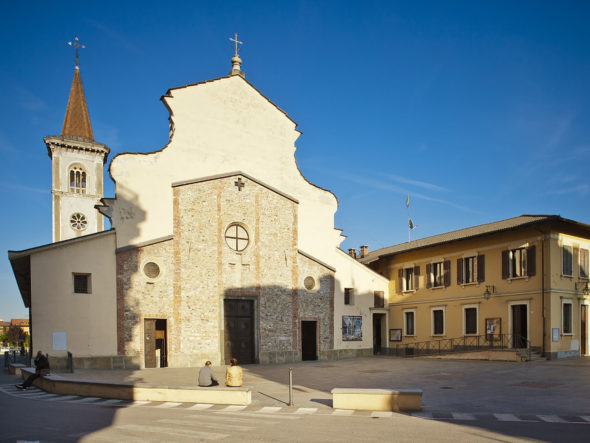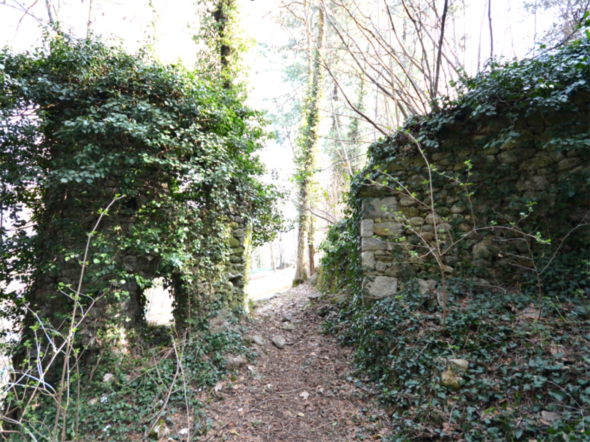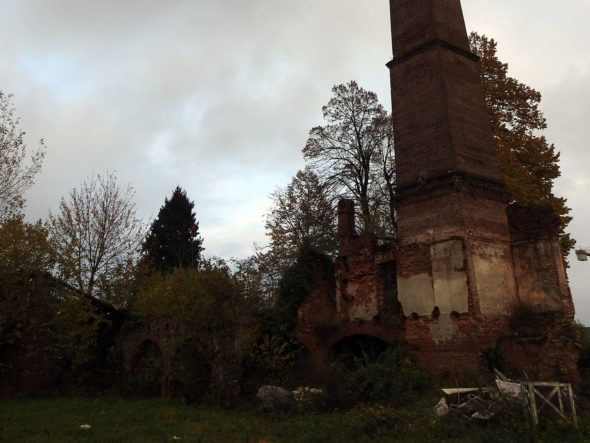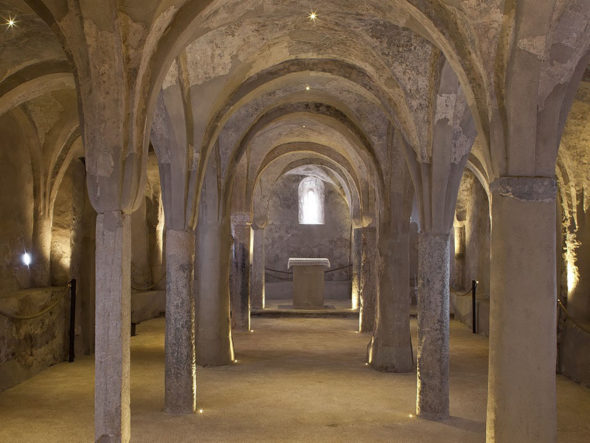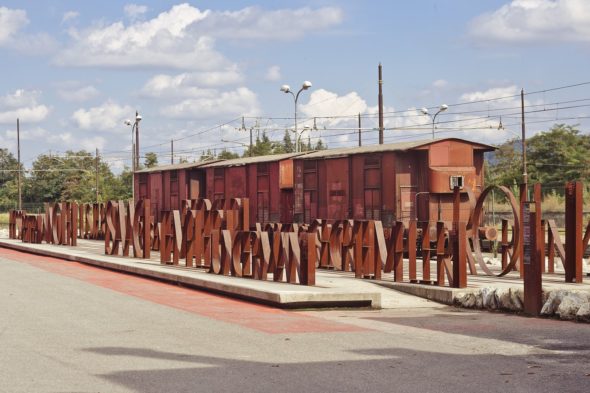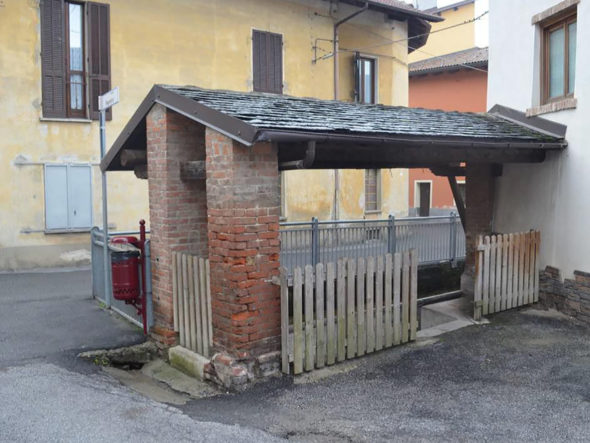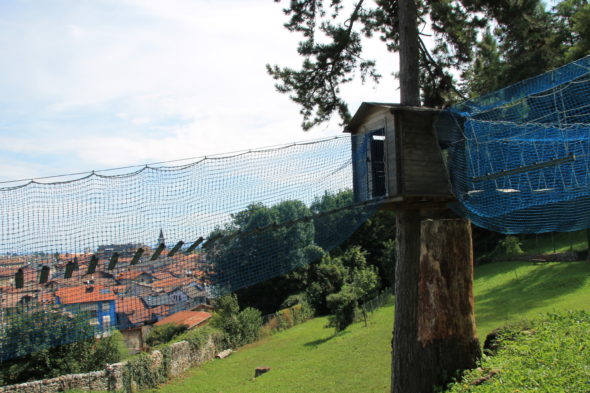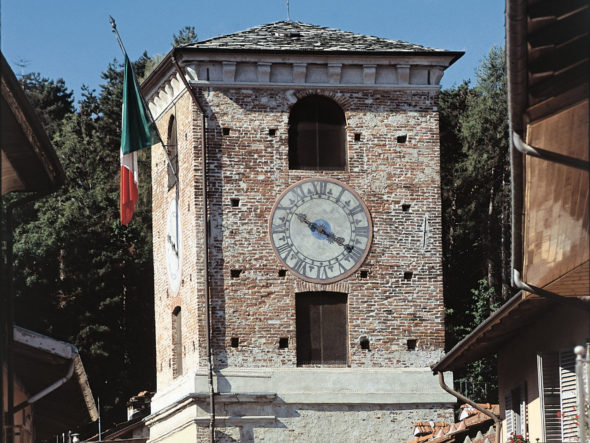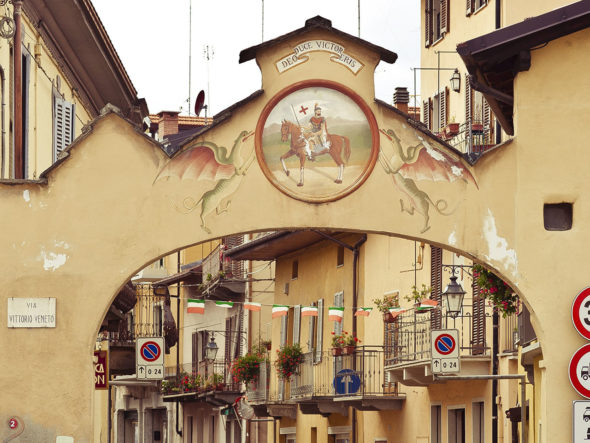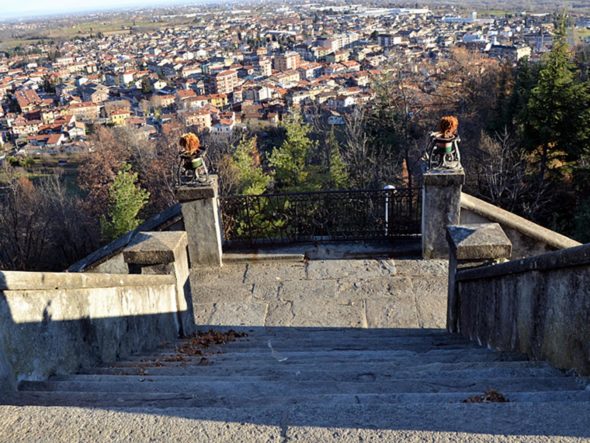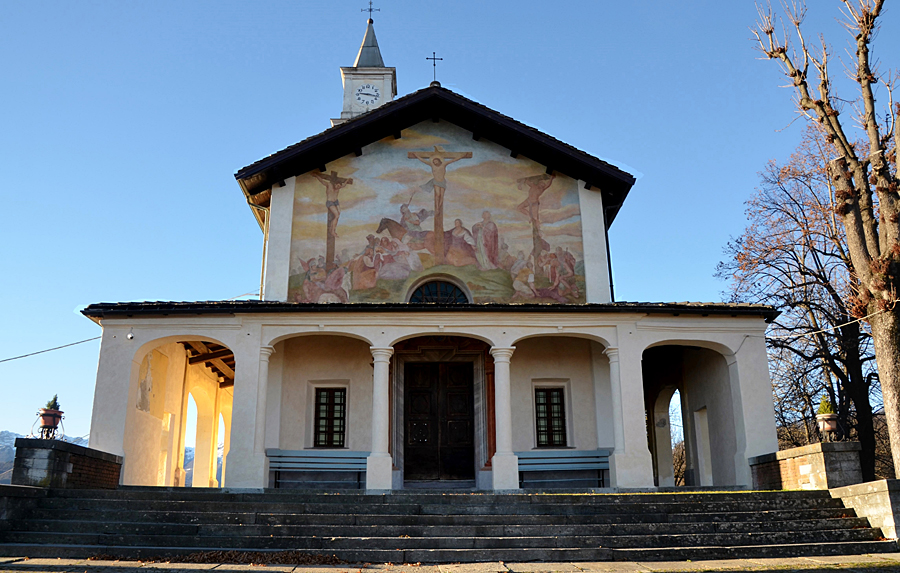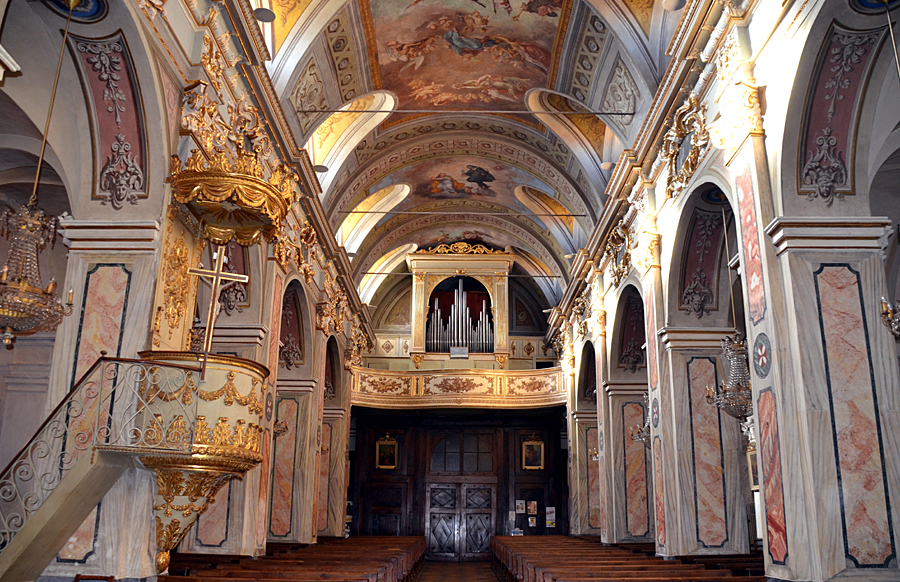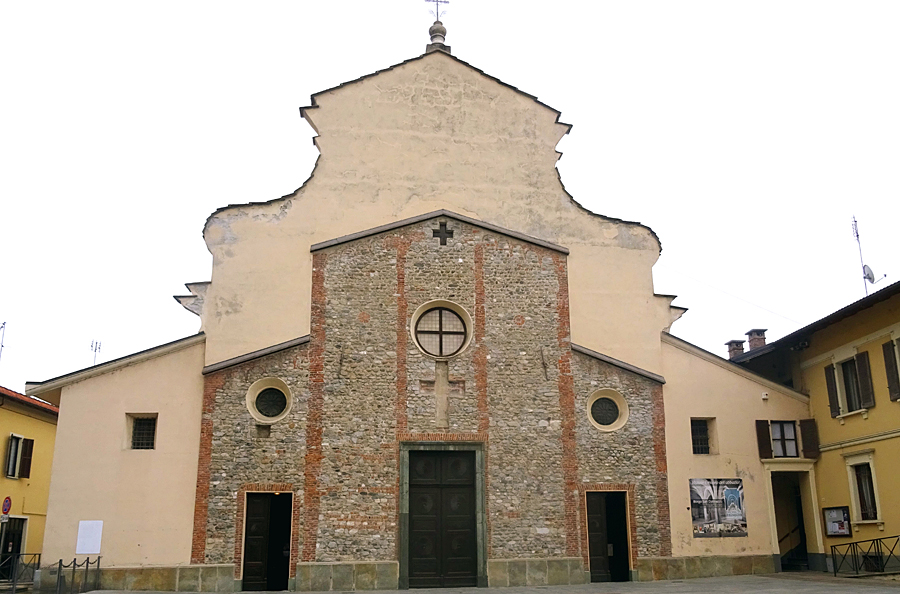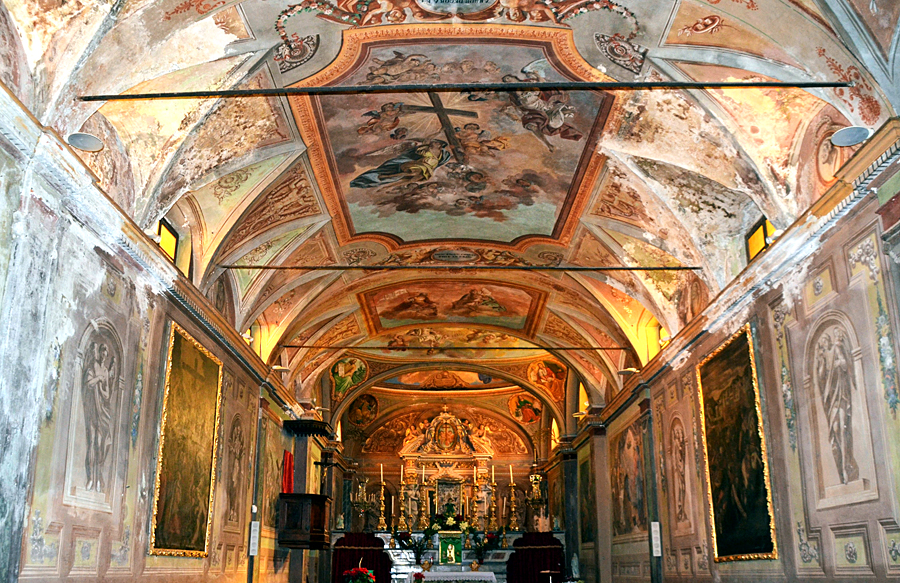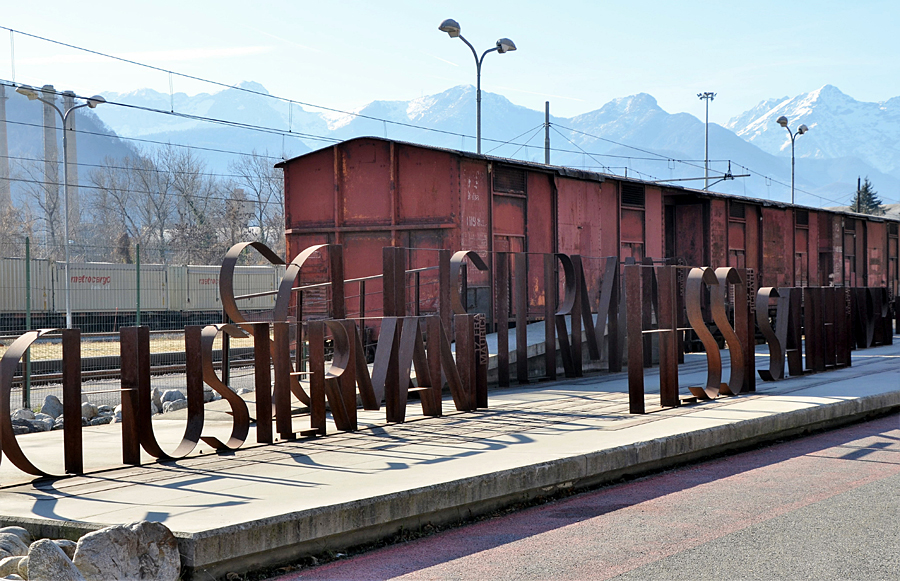Borgo San Dalmazzo is located at the confluence of the valleys of the Gesso and Vermenagna rivers and the Stura River.
The history of the city goes back to twenty-four centuries, indeed some vestiges testify of a first Celtic-Ligurian installation in 300 BC. In Roman times, it was called Pedona and it was the pivot of a territorial system related to the centuriation, as well as the place of payment of the tax on goods that crossed the border between Italy and Gaul. In 1167, it took the name of Burgus Santi Dalmacii, in honor of the Holy Evangelizer who was canonized following the martyrdom that would have taken place, December 5th 254, by the town. The historic center still retains a typical architecture of the late Middle Ages. It was then protected by the walls of which it remains traces by the Gate San Rocco, the only one remaining out of the three that allowed access to the medieval “ricetto”, and to the San Rocco Chapel, built in 1523, outside the town.
On the other side of the historical center, on the old Roman road that led to the Alpine passes, stood the old Pedona Abbey which is today site of the parish San Dalmazzo church. Behind it stands the Museum of Abbazia.
A few meters from the parish church, towards the historic center, stands the Santa Croce brotherhood church, called the Crusà (eighteenth century). Continuing on the road that crosses the city, we discover the Belfry, built in the sixteenth century to allow access to the “ricetto”. A few meters further, we can admire the facade of the San Giovanni Brotherhood church – called the Mercy (late sixteenth century).
On the other side of the road you can see the San Magno Brotherhood church, already documented in the 15th century and currently comparable, in terms of typology and style, to the Baroque churches of the 17th century. From here, we arrive at the foot of Monserrato Hill. On its summit, stands the Sanctuary of Monserrato, built in the seventeenth century and reworked several times, a remarkable panoramic view.
On the square next to the station, you can admire the Deportation Memorial, a permanent concrete installation topped with iron silhouettes and railway wagons, reminiscent of the tragic days of November 21st 1943 and February 15th 1944, where 500 people were gathered there and then deported. In 2001, the President of the Republic conferred to Borgo the Gold Medal of Merit for Civil Service for the rescue of hundreds of Jews wanted by the Nazi militias, as well as for the large number of citizens who chose the Resistance.
The tourist office and the main cultural areas of the city have their seats in the former building of the Bertello company, former factory of vertical automatic systems for warehouses.
Borgo San Dalmazzo also has a strong gastronomic culture, thanks to the breeding of the Burgundy snail (Helix Pomatia Alpina), the star of the Fair of San Dalmazzo (Fiera Fredda), which takes place at the beginning of December since 1569, the year it was instituted by Emmanuel Philibert of Savoy. The city is also the source of a long tradition of chocolate production; the end of winter event “A Borgo di cioccolato” is dedicated to it.
